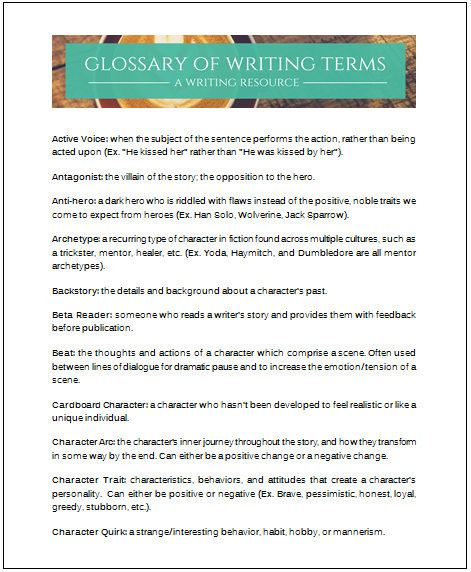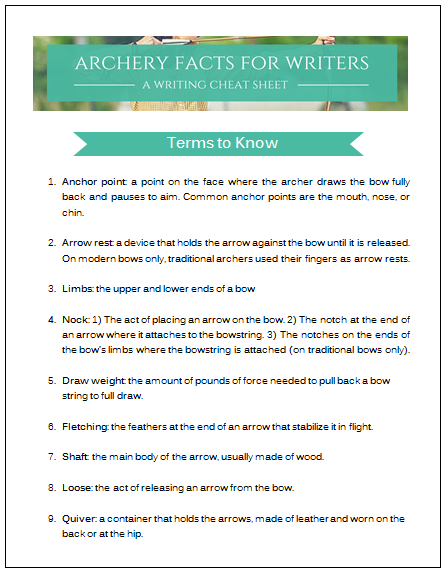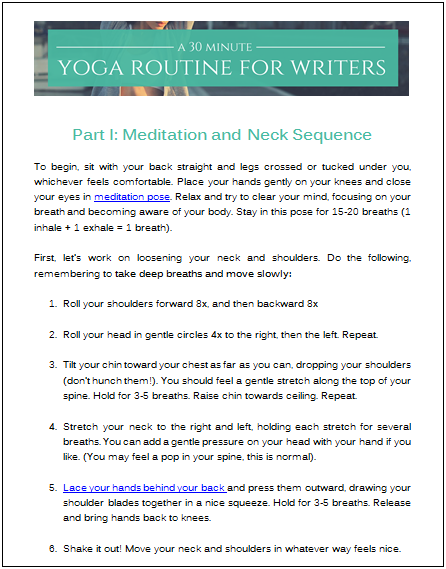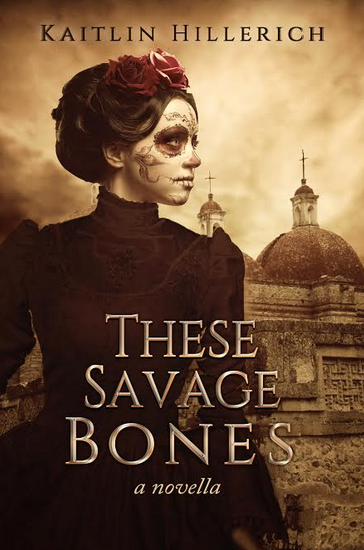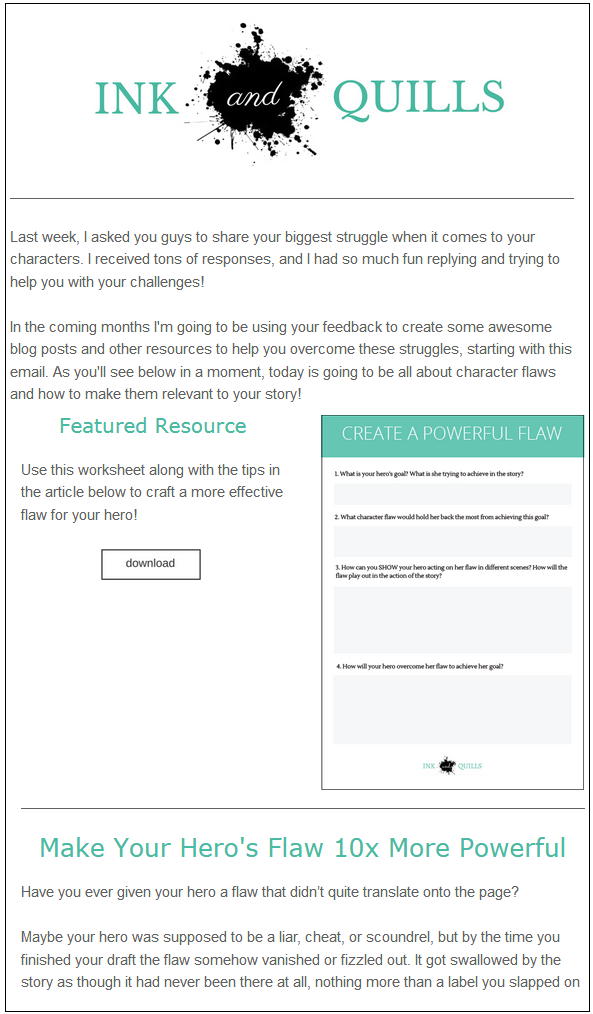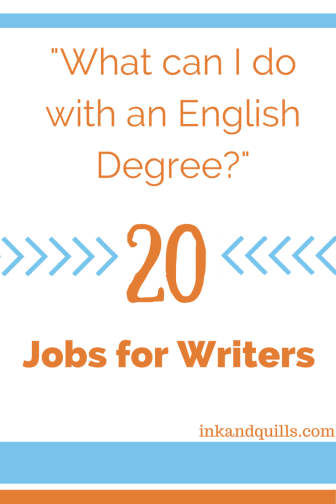 If you’re an English or Creative Writing major, you probably dread revealing that information to friends and relatives.
If you’re an English or Creative Writing major, you probably dread revealing that information to friends and relatives.
You know what I’m talking about. They inevitably give you that “look”–a mix a skepticism and disapproval. And then they ask the question.
“So what are you going to do with that?”
There’s nothing like those words to make an English major bristle in defense. Maybe you’re not sure what you want to do with an English degree, you just know you like to write. You grit your teeth as family members tsk and try to talk some sense into you.
“You can’t do anything with an English major. It’s a worthless degree.”

This is just not true, so if an English or Creative Writing degree is something you really, really want, don’t let people talk you out of it. An English degree is definitely not worthless! “So what can I do with an English degree?” you ask.
Writing is a creative field, and because of this, you may have to be more creative with your career choice. This could involve starting your own editing business or becoming a novelist. And this is where family and society tend to freak out–because most people are accustomed to the norm of a 9-5 office job and expect you to do the same to be successful and secure.
But it’s okay to break the mold! You’re a creative–you were born for this. And if you do want the security of working for a company, you can definitely find jobs like that with an English degree. Basically, an English degree gives you flexibility and options. You just have to research what’s out there and know yourself and what you want.
So check out these 20 awesome jobs you can do with an English degree!
1. Novelist
This is the dream, right? I know this is what I’m ultimately striving towards. Thankfully, it is possible to make a living writing books. But on the down side, it takes time and volume (read: work). This article from Books and Such explains how to make a living as a novelist.
2. English/Creative Writing Teacher
Most people with English degrees teach. If you love to help others and have a knack for teaching, this is a good option. If you’re not crazy about kids and want to teach at the university level, keep in mind you’ll need a master’s degree. Also, if you really want to teach just creative writing, you’re more likely to find that at the university level.
3. ESL Teacher
If you’re adventurous and love to travel, you might want to look into teaching English as a second language abroad. If this sounds appealing but you’re not up for living overseas (assuming you’re from the U.S. like me, that is!), it’s also possible to become an ESL teach here in the U.S.–we have a lot immigrants from other countries who are seeking to learn English (If you don’t live in the U.S. research if there is a need for ESL teachers in your country, you may be surprised).
4. Writing/English Tutor
If you’re interested in teaching but prefer working one-on-one with people instead of juggling an entire class, tutoring may be a good option. You can work for a tutoring center like Sylvan, or start your own private tutoring business. As a tutor you can help younger kids learn writing and grammar skills, or help high school and college students learn how to write better essays. Tutoring is a great way to make money on the side, and you can also make a good income doing it full-time.
5. Librarian
If your dream is to be surrounded by books and Belle is your spirit animal, you should look into becoming a librarian. You’ll need an undergraduate degree to start, and then earn a Masters of Library Science. Click here for additional info. Also, there are other job opportunities you can explore within the library besides a librarian! Consider becoming a curator, cataloger, or archivist.
6. Newspaper or Magazine Journalist
I never thought I would like writing non-fiction until I started blogging. Now I find it really fun to write about things I’m interested in! Keep your options open and consider working for a newspaper or magazine. Most positions are freelance though, and it’s tough to get on full-time. For a staff-writer position you’ll also probably need to move to a large city like NYC, especially for magazine journalism. Internships are a must, as you’ll need experience to get your foot in the door.
7. Publishing
If you love to write books, why not work with the people who publish them? There’s a variety of roles in the publishing industry like editing, proofreading, and marketing. However, consider that you’ll likely need to move to a large city where there’s lots of publishers like New York or San Diego. Click here to read about how to get into the industry, and you can find publishing internships and jobs on bookjobs.com.
8. Literary Agent
I think this is a book-related job that many overlook, and admittedly it’s not easy to break into (but then again, what is?). But just what is it that a literary agent does anyway? Here’s an interview with a literary agent to help you understand what they do. To become a literary agent, you’ll need to gain experience by working in the publishing industry first so you can become knowledgeable about the market. If the idea of discovering new authors excites you and you have a confident, go-getter attitude, this may be a job that would fit you.
9. Editor/Proofreader
If you have an eye for detail and are obsessed with grammar, you might enjoy editing or proofreading. Although somewhat similar, you can read about the differences between the two here. You can find editing and proofreading jobs not just with book publishers, but with anyone who deals with printed material–newspapers, magazines, small businesses, corporations, etc. You can also become a freelance editor or proofreader, or start your own business. Browse bookjobs.com for editorial jobs and internships at publishing houses.
10. Copywriter
No, you’re not copying what other people write 😉 A copy writer works for advertising agencies to create slogans and other advertising material to promote a business, product, or idea. You can find both freelance and full-time opportunities. If this sounds like it might be up your alley, here’s another article on how to get started with links to more resources.
11. Content Writer
A content writer writes for a company’s website (pretty self-explanatory, right?). This can be anything from a small business to a large corporation. It can also be a full-time or freelance position. If you’re tech savvy, this might be worth looking into! Here’s a couple sources to get you started here and here. A lot of times this also involves handling social media, so having an online presence and a blog will give you an edge.
12. Technical Writer
A technical writer describes complex processes to create things like instructions manuals or guides. For more information on what a technical writer does, click here. Technical writers can work for IT companies, or help schools develop curriculum. They usually have specialized knowledge in a certain topic such as medicine, science, technology, etc. If this piques your interest, you can learn more about becoming a technical writer here and here.
13. Resume Writer
Did you know there’s a demand for writers who can craft a killer resume? And you can make good money doing so too! Because let’s face it, writing a resume is hard, and most people would rather pay a professional to do it for them. To become a professional resume writer, obtain a resume writing certification to boost your credibility. Learn more about starting a resume writing business here.
14. Event Planner
If you have excellent organizational skills and are a people person, you might make a great event planner. An event planner organizes events such as weddings, meetings, educational conferences, and business conventions. You can work for a company, or start your own business.
15. Blogger
Did you know it’s possible to make a living as a blogger? There’s tons of information on the web on how to start a blog and make a profit off it. If you have a topic you’re passionate about and want to share with others, you might enjoy being a blogger. Keep in mind, however, that building a blog takes time, and it could be 1-2 years or longer before you begin to make a good income. Also, don’t start a blog for the sole purpose of making money–if your heart’s not in it you will likely fail.
16. Corporate Blogger
These days, a lot of businesses are trying to keep up with social media and now have blogs. This means they need creative, smart people to help run those blogs. Like you. 😉
17. Website Developer
If you’re super tech savvy and creative, you may want to consider looking into website development. It’s a valuable skill to have in our 21st century world where a website is a must for businesses. Here’s a couple sources with more information here and here.
18. Social Media Manager
Like website developers, there’s also a huge demand for creative individuals who know their way around social media. Businesses want to connect with their audience and promote their products through social media, and often don’t know how. If you’re awesome with social media, this may be a good job for you.
19. Screenwriter
If you love story, you probably love movies and t.v. shows as well as books. And what writer wouldn’t love to see their work come to life on screen? I’ll be honest, I don’t know much about how to sell a script or how similar/different it is to publishing a book, so you’ll have to do your research. I have taken screenwriting classes, however, and can say that it’s a completely different medium from writing a novel. So you’ll also have to learn the techniques of the craft to be successful. Here’s a couple links to jump-start your research here and here. Also, check out this article on the difference between writing for film and television.
20. Broadcasting
T.V. and radio stations need writers and editors to work on scripts and news reports. You can find more information on the types of jobs and responsibilities here, and browse jobs in T.V. and radio here.
You want to know a secret? Even if you can’t get a job doing any of the things on this list, you can still use your English degree to do almost anything you want! Most people end up doing something different than what they went to school for anyway.
If you really want an English or Creative Writing degree, don’t let naysayers scare you off. Always, always, always follow your passion. I learned this the hard way (but that’s a story for another time). You have to live the life you want, and if you don’t try to make a go of it you’ll regret it down the road.
So gather your courage and go for it! You’ll never regret chasing your passion.
Why do you want to get an English degree? What career options sound appealing to you?





























